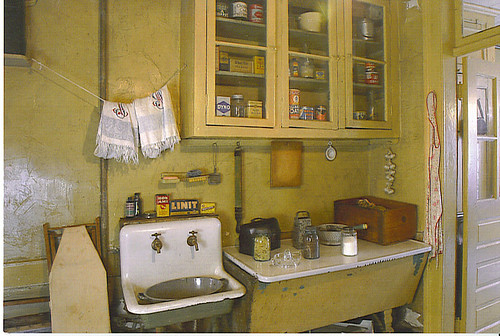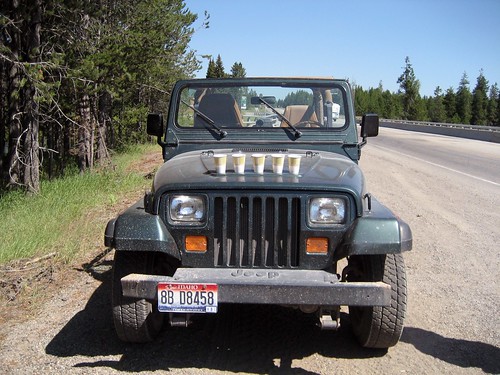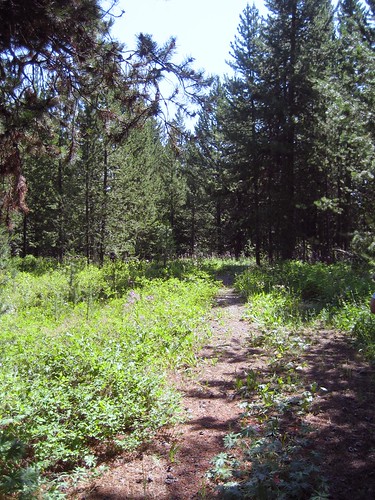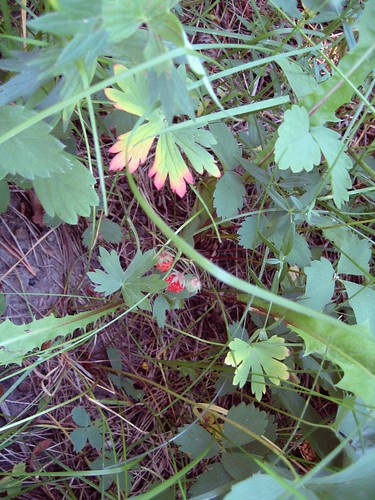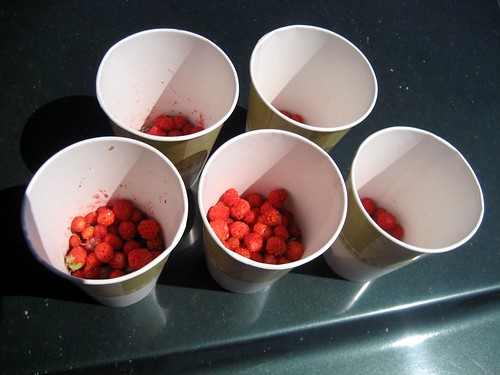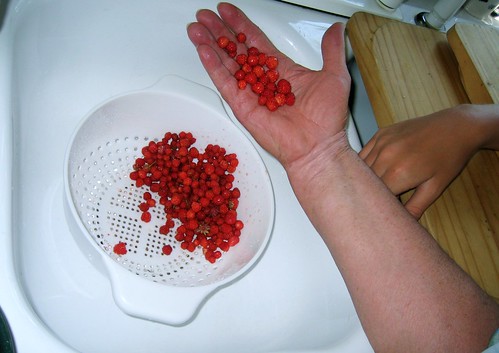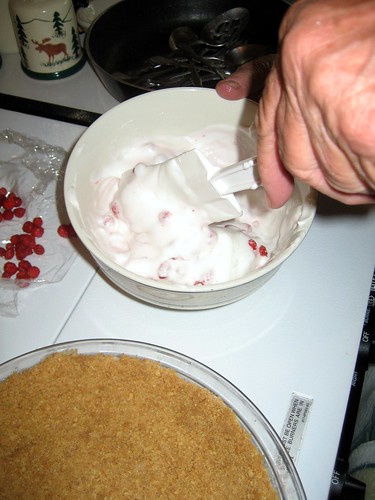Today was the day of the animals. I first encountered a cow and calf on the road between Villarosa and Enna. As I explored Sperlinga, stray cats were abundant all over the cliff. Next, a group of goats was being herded on the road to Alimena. And finally, on my way home in the dark I came upon a rather large herd of cows headed home on the north side of Villapriolo. Fortunately, I had slowed down in reaction to cars that had stopped on the opposite side of the road. It wasn’t until I was practically in the middle of the herd that I even saw them. This stop-and-go process continued for nearly 1 km, and I had to laugh to myself when the last herdsman I saw was prodding his cattle along while talking on his cell phone. I guess there are only so many ways to make cows move, but technology sure has advanced!
As I walked up the hill from breakfast to my room this morning, I noticed that Tuddi had arrived with company. I meet his daughter, Maria Concetta, and his granddaughter who is not quite yet two years old. They live in Villapriola, a frazione of Villarosa just 4 km away.
This morning Tuddi accompanies me to the photography shop of Salvatore Seminatore on the main street in Villarosa before I continue on to Enna. We stop and talk for a few moments, and I learn that his grandparents are Salvatore and Guiseppa Seminatore. They also emigrated to the United States. He does, however, share a popular birthdate: 25 November (his, mine, and my biological great-grandfather’s).
I met with much success at the Archivio di Stato this morning. The gentlemen employed there were very helpful and explanatory. Between my English and Spanish, and their Italian and French, we figured out what we needed to. We were able to verify five Seminatore children born in Villarosa, along with Salvatore and Angela Marie’s births. Additionally, I learned that Salvatore’s mother’s surname was Marchione. I now have approximate years of birth for both of his parents based on their ages recorded at the time of his birth. With this information, we then went in search of their marriage records, which would have the names of their parents. Unfortunately, we did not find it during the years we thought that we would. The Archivio di Stato doesn’t have any civil records for Villarosa prior to 1824.
This means one of two things: (1) A search of the records of the chiesa madre (church) in Villarosa or the Municipio (town hall) may turn up something, or (2) Maddalena Marchione was born in another neighboring town and they were married there as was the predominant custom at the time. With this knowledge, when I return to the United States, I will search the records of Santa Caterina Villarmosa, a small town about 15 km from Villarosa that also has had a high concentration of Seminatores in the past.
I return to San Giovannello to rest, eat lunch, and plan my afternoon. I decide to explore the small mountain towns of Sperlinga and Nicosia. As it was, I missed one turnoff, so ended up taking the “scenic route” that also took me through Alimena and Gangi. I didn’t mind though, as the hills were saturated with wildflowers in vibrant hues.
One of Sperlinga’s unique features is the giant sandstone cliff around which it is built. Many cave dwellings have been carved out of the surface, and some are still inhabited. Visitors are welcome to walk around and explore several of the old dwellings which have been filled with items that would have been used by their inhabitants many years ago. I also wanted to see the Norman castle that is perched at the top of the cliff, but was unsuccessful at finding the road that would take me there. I tried several, but decided to continue on because I wanted to reach Nicosia.
Nicosia turned into a bit of a frustrating experience for me. All those narrow streets and alleys running up and down the hills really tried my patience. I’ve decided all these maze-like towns remind me of clusters of barnacles clinging to the mountaintop. I had wanted to see the painted ceiling of the cathedral, but soon tired of the search. I found a place to park my car, and walked some of the streets for a while, but ultimately ended up heading back to San Giovannello for the night.

